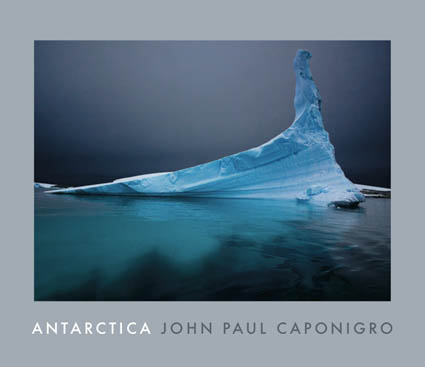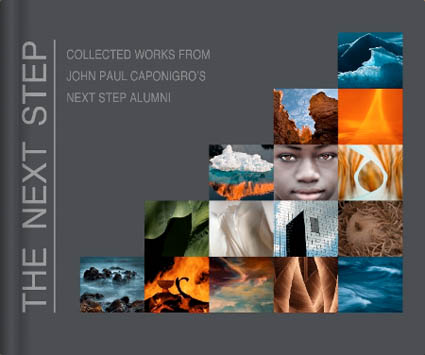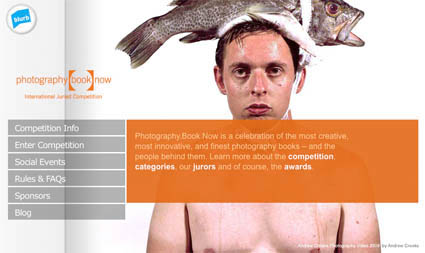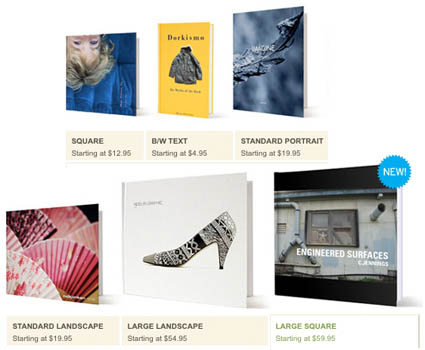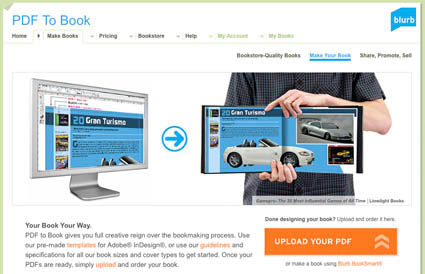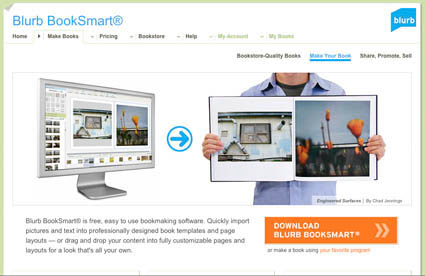Disclosure – Images That Didn't Make the Book Due to Size
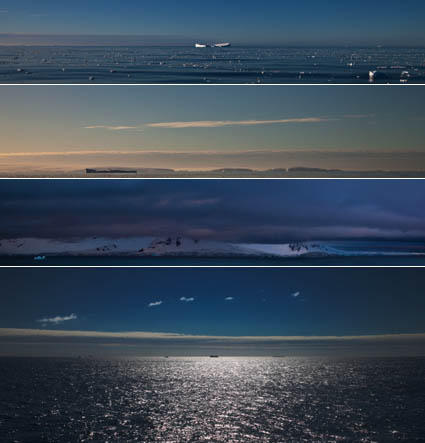
Three voyages to Antarctica yielded over 250,000 exposures. Would you like to see them all? I’m kidding! I wouldn’t do that to you! Selecting only the best images has been a real challenge. Does it have graphic impact? Does it tell an important aspect of the story? Is it repeatable with variation? Is it repetitive? All good questions. For my book Antarctica I settled on 100 images. More seemed to tire viewers. Even though I’ve released more images, in the book I published fewer to make it a more effective experience. More is less. Less is more.
Here are a few images that didn’t make it into the book.
Preview or purchase the book here.
Email info@johnpaulcaponigro.com to reserve your space in my 2011 Antarctica workshop.


